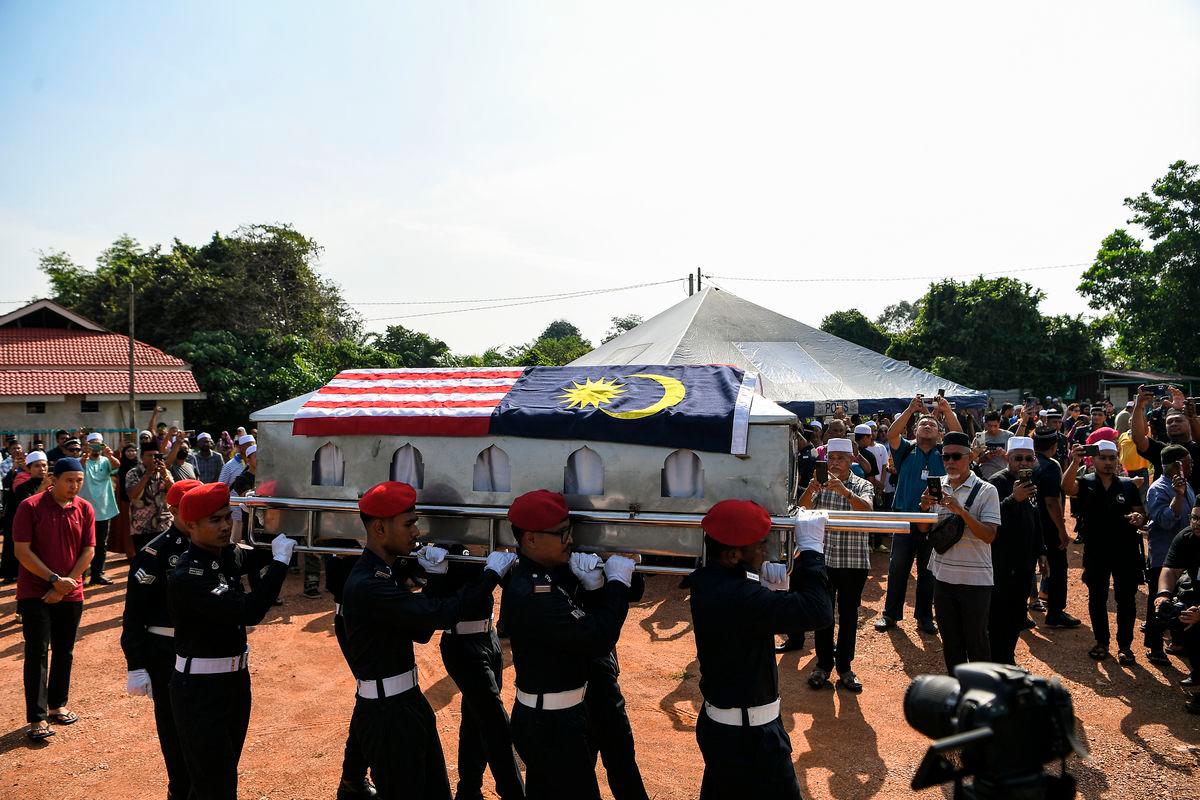KUALA LUMPUR: The recent crash involving a Federal Reserve Unit (FRU) truck in Teluk Intan, which claimed multiple lives, has reignited concerns about the safety of vehicles used to transport enforcement personnel. Experts are now calling for a thorough overhaul of fleet management, vehicle standards, and policy enforcement across government transport systems.
Tan Sri Lee Lam Thye, a member of the National Road Safety Council, stated that while existing laws and industry codes regulate the transportation of heavy goods, enforcement remains lacking. “We have regulations for overloading, cargo securing, and driver training, but hazardous goods are largely overlooked. Only bulk transport, such as petroleum tankers, is adequately covered. Non-bulk dangerous cargo remains largely unregulated,” he said.
He urged the government to adopt Protocol 9 under the ASEAN Framework Agreement on the Facilitation of Goods in Transit (AFGAGIT), in line with UN-approved ADR specifications, to address this regulatory gap.
READ MORE: Lorry driver in crash that killed nine FRU personnel on remand for four days
Lee also highlighted the need for competency-based training. “Drivers should undergo Dangerous Goods Driver Training (DGDT), a five-day course under the ADR framework. This is not yet mandatory in Malaysia, as the adoption of ADR in the non-petroleum sector is still in its infancy,” he noted.
On accident prevention, Lee pointed to the SPAD Industry Code of Practice (ICOP), which mandates the use of GPS and telematics in heavy vehicles to monitor driver behaviour. “Transporters must track speed, harsh braking, and acceleration daily. These systems are not just tools—they’re essential safeguards,” he emphasised.
Although mechanical failures are rare, Lee stressed that they still pose a risk.
“Human error is the primary cause of accidents, but issues like burst tyres or brake failure can still occur. These can be avoided with daily inspections and proper maintenance.”
Meanwhile, MIROS chairman Professor Dr Wong Shaw Voon argued that transport safety should be viewed holistically. It’s not just about upgrading vehicles; the system—comprising vehicles, drivers, roads, and management—must be properly coordinated.
“Transporting goods and people on the road carries inherent risks. To manage these, we must consider lorry and bus operators, logistics companies, and those responsible for managing government vehicles, including the FRU,” he said.
Wong also commented on the suitability of FRU trucks, which often lack seatbelts or structural protection.
“These are special-purpose vehicles, not standard trucks designed to carry goods like sand or heavy materials, with people placed inside. Ideally, a bus would be the safest option, as it is specifically engineered to protect passengers.”
While acknowledging that FRU trucks may also transport weapons and equipment, he stressed the need for management to reassess safety practices and ensure continuous improvements.
“If given the chance, we could uncover valuable findings. But what’s more crucial is what we do moving forward. Even without all the details, we must not let these fatalities go without learning from them. This tragedy should serve as a lesson to prevent similar incidents, particularly one with such heavy casualties,” he said.
Wong urged organisations to adopt structured road safety management frameworks, such as ISO 39001. “For organisations unsure how to manage safety, frameworks like these provide useful guidelines.”
ALSO READ: Over 60 individuals to be called to assist investigation on fatal FRU accident - Police









